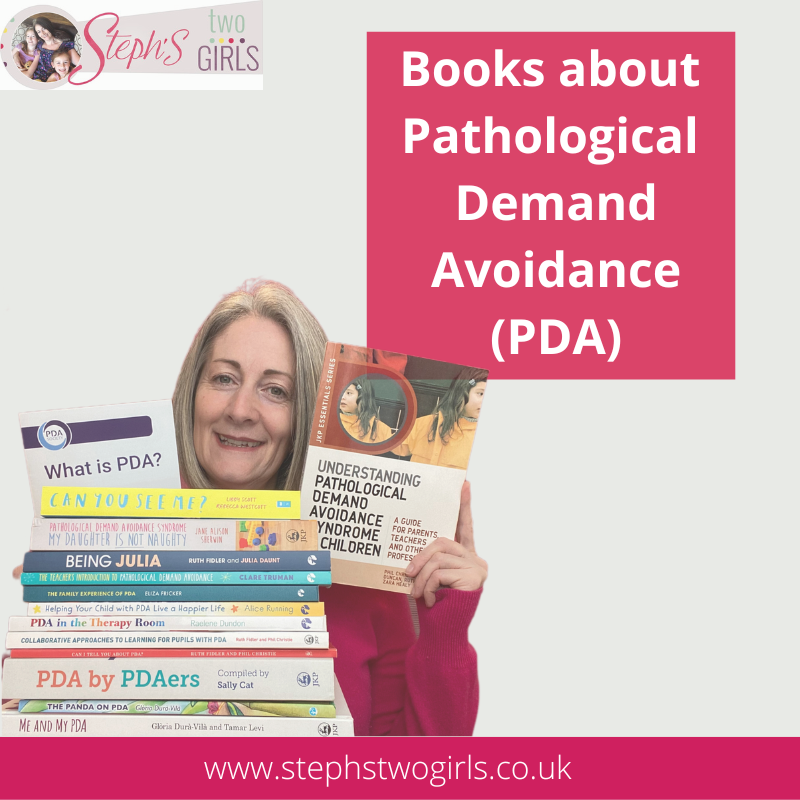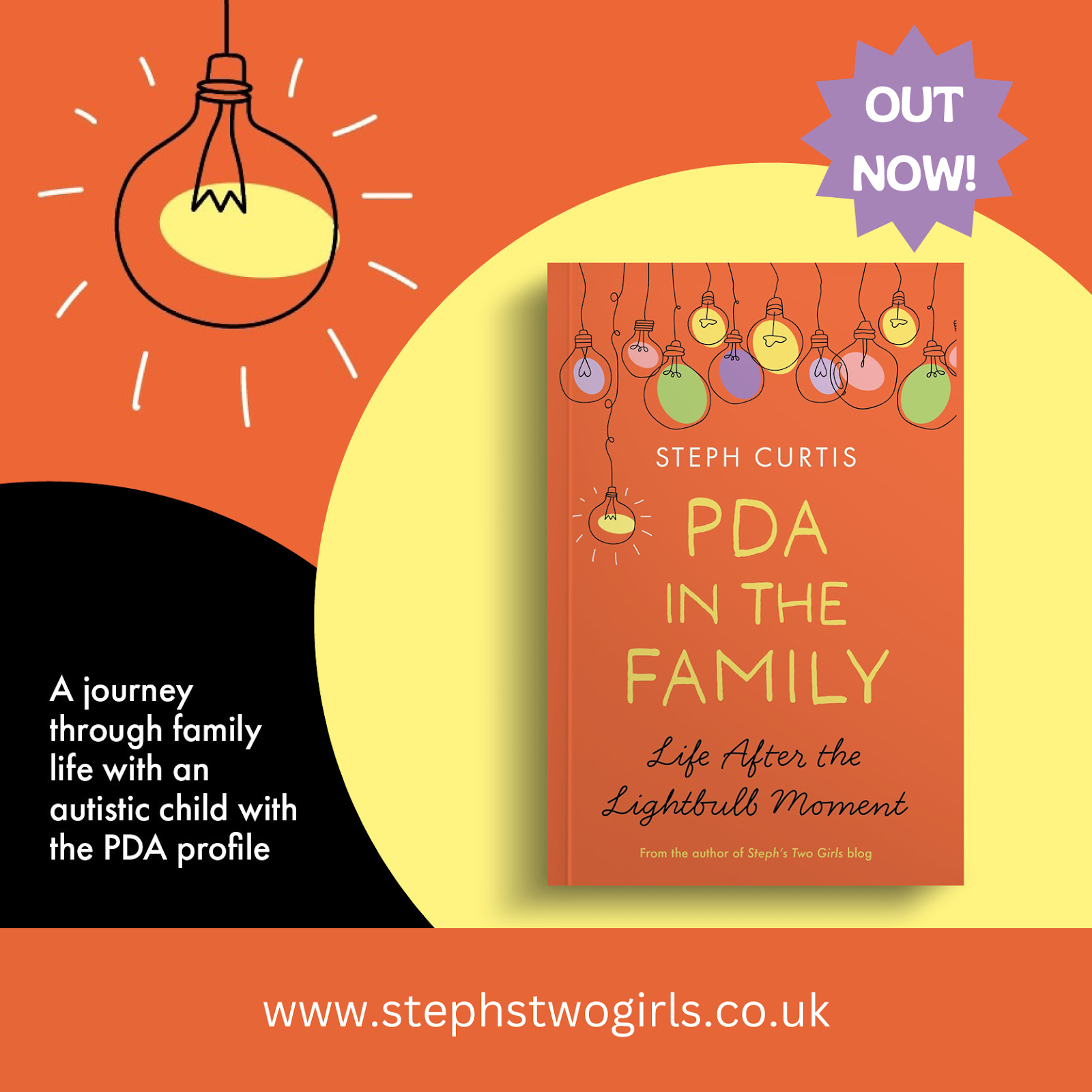
Autism can be a hidden disability. With these photos of our 7 year old autistic girl, I'm not entirely sure if I'm trying to say 'look, she's just like any other girl her age' or 'look, everything may seem the same on the outside, but on the inside she is different'.
Different is not bad or good, it's just different, not less. It's not something we should be scared of, or should try and hide.
I think these photos show how happy our girl has been - how happy we all have been. She often finds trying new things difficult, and at times we can struggle to even leave the house as she needs to de-stress at home, but as you can see from the photos we have been able to enjoy many different experiences with her!
I'd like to think any and every day could be Autism Acceptance and Understanding Day. I don't think we should wait a year; educating is a continuous process so I'm afraid you'll just have to put up with me blathering on about it as often as I can.
However, I did want to take this chance to try and update you with how our youngest girl is right now. To explain how she has changed over the 5 years since her diagnosis, to let you know what a gorgeous young lady she is growing up into and how very proud of both our girls we are.
I thought it might help if I sent an email out to parents of children in her Year Group at school. It went something like this:
******************************************************************************************************
Dear Year 3 Mums,
Many of you will know that our daughter in class 2 is diagnosed with autism. Today is World Autism Awareness Day so I thought this
might be a good day to let you know a little more about how she is at this
stage in her life.
I’m attaching a ‘one page passport/profile’ which is a sheet
of basic information all about her. We would normally update this every year
and pass to the class teacher and any other members of staff who will come into
contact with her. Of course there’s a lot more to her than this, but it’s a
quick and easy read.
The autism means our girl struggles to process information in
the same way as other children. She has sensory issues which means she
struggles to hear or listen properly when there is a lot of noise, which makes
general class instructions quite difficult for her to take in. She likes to be
at the front of the lines so that she can see and understand everything that is
going on clearly. She has difficulty concentrating for longer periods of time and
she needs to take short breaks frequently. Whilst she is very capable of
achieving good work levels, all of these issues make her very anxious every day
and she will often choose to withdraw from lessons or activities if they are
too overwhelming for her. She rarely sits through an assembly because she can’t
‘zone in and out’ like most other children do – if she can’t hear or see
properly, it’s all very confusing for her. She doesn’t like being asked
questions as it takes her a while to process and she feels under pressure to
think of an answer.
Her classmates have thankfully been very accepting of
how she is and we are hugely grateful for that. In case your children start to
ask more questions about why she behaves and reacts the way she does, which
can be different to how the majority of children her age are, I thought I’d
send some information which I appreciate you may or may not have time to read!
We think that explaining it briefly as ‘she was born with a brain that works
differently’ is fairly simple for the children to understand at this age. You could also say that it is as if
she is constantly wearing a pair of headphones with the volume switched up to
maximum, and that makes is difficult for her to hear and concentrate on everything
else going on. I’m attaching a great booklet called ‘Growing Up Together’ which
is aimed at children and how they can play with children with differences.
Our girl loves My Little Pony, Minecraft and Skylanders, so if
any of your children like these things too, she would love to chat about
them! She is generally very sociable and she loves playing with others;
however she much prefers to make up her own rules and she always likes to win!
She loves the idea of parties and playdates - please don’t be offended or upset
if we have to leave a party early though. The noise and lack of structure can
be difficult for her to cope with. I would always stay with her at any social
occasion as the need to ‘escape’ is often there.
Her older sister is in Year 5 and she does
not have autism. She plays very well with our youngest girl but can get embarrassed easily
if she does things that are ‘different’ and not expected in public. Whilst
autism is not a secret word in our house, and we are ready to explain more when she starts asking questions, she is not quite at that stage of
understanding yet. So if your children start to talk to her about autism, she
would probably be confused! However I am more than happy to answer any
questions you or your children may have about autism so please do feel free to
grab me in the playground or email me back any time.
Here’s a basic link with details of autism: http://www.autism.org.uk/about-autism/autism-and-asperger-syndrome-an-introduction/what-is-autism.aspx
The specific type of autism that we think our girl has is
called PDA – Pathological Demand Avoidance. You can read more about it on the NAS website but in a nutshell it means she avoids doing things which cause her anxiety, or
which make her feel like she is not in control.
Thanks for taking the time to read this.
***************************************************************************************************
Finally (thanks for reading if you've got this far!) autism is described by some as being 'wired differently' or as running on a different operating system. It's like when dedicated PC users come across a Mac and have difficulty figuring it out.
Different, not less.
What is PDA (Pathological Demand Avoidance)?
Ten things you need to know about Pathological Demand Avoidance
Does my child have Pathological Demand Avoidance?
The difference between PDA and ODD
Strategies for PDA (Pathological Demand Avoidance)
Pathological Demand Avoidance: Strategies for Schools
Challenging Behaviour and PDA
Is Pathological Demand Avoidance real?
Autism with demand avoidance or Pathological Demand Avoidance?
To follow me on other social media channels, you can find me at the following links or click the icons below!
Facebook: www.facebook.com/stephstwogirls
Twitter: twitter.com/stephstwogirls
YouTube: www.youtube.com/c/stephcurtis
Instagram: www.instagram.com/stephstwogirls/


















